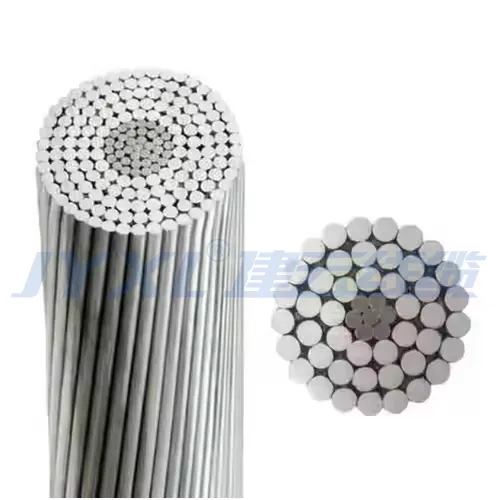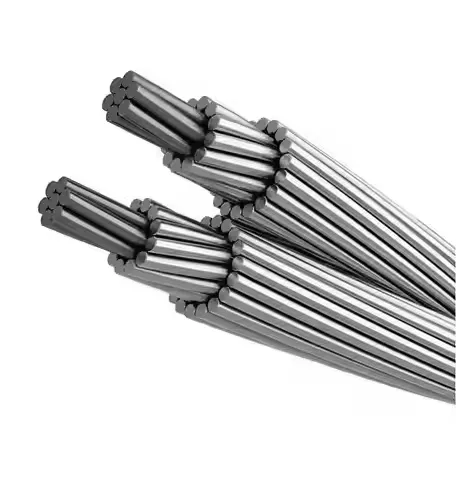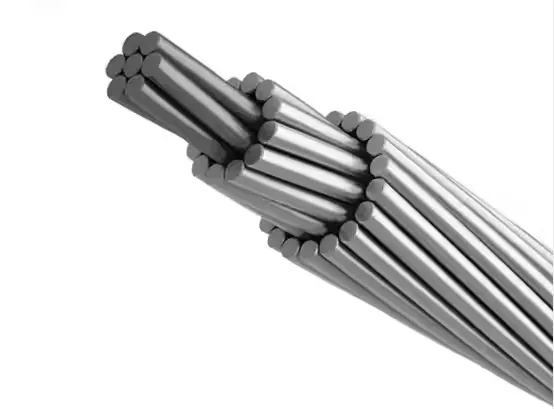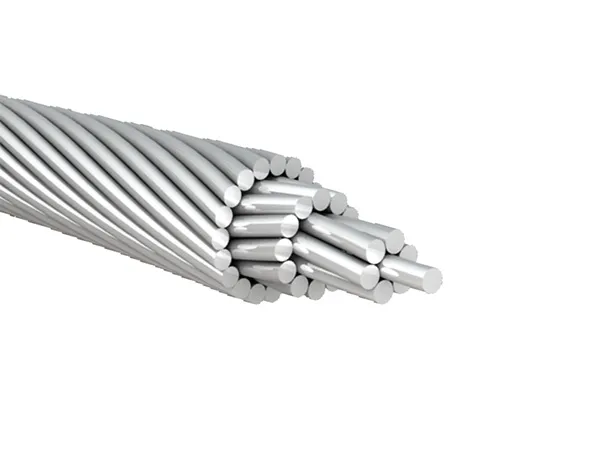Time: 2025-07-30 14:30:22 Source: Henan Province Jianyun Cable Co., Ltd.
Aluminum Conductor Steel Reinforced (ACSR) bare conductors are widely used in overhead power transmission and distribution systems due to their high strength, conductivity, and cost-effectiveness. Comprising a steel core surrounded by aluminum strands, ACSR conductors combine the lightweight and conductive properties of aluminum with the mechanical strength of steel. This document provides a detailed overview of the characteristics, advantages, limitations, and applications of ACSR conductors, presented in a formal and structured manner to assist engineers, utilities, and project managers in their selection and implementation.

ACSR conductors consist of a central steel core (single or stranded) surrounded by one or more layers of aluminum strands. The steel core provides tensile strength, while the aluminum strands ensure high electrical conductivity. ACSR conductors are uninsulated, relying on air as the dielectric medium, and are used in overhead lines for low, medium, and high-voltage applications. They are standardized under specifications such as **IEC 61089**, **ASTM B232**, and **BS EN 50182**, with various configurations (e.g., Drake, Sparrow) to suit specific project needs.
ACSR conductors are defined by several technical and performance characteristics:
| Characteristic | Details |
|---|---|
| Construction | Steel core, aluminum strands (e.g., 6/1, 26/7) |
| Conductivity | 61% IACS (aluminum contribution) |
| Tensile Strength | High, supports 500–1000 m spans |
| Temperature Rating | 75–90°C (200°C short-term) |
| Standards | IEC 61089, ASTM B232, BS EN 50182 |
| Advantage | Description |
|---|---|
| Strength-to-Weight | Steel core supports long spans, fewer poles |
| Cost | Lower than copper, competitive with AAC |
| Thermal Stability | Low sag at high temperatures |
| Limitation | Description |
|---|---|
| Safety | Risk of electrocution, short circuits |
| Corrosion | Steel core rusts in humid/coastal areas |
| Maintenance | Higher due to weather exposure |
ACSR conductors are used in a wide range of overhead power transmission and distribution applications:
| Application | Voltage Range | Use Case |
|---|---|---|
| High-Voltage Transmission | 69–500 kV | Long-distance grid lines |
| Rural Distribution | 0.6/1–33 kV | Cost-effective rural networks |
| Industrial Systems | 11–33 kV | High-current industrial grids |
| Feature | ACSR | All-Aluminum Conductor (AAC) | Aerial Bundle Cable (ABC) |
|---|---|---|---|
| Material | Aluminum with steel core | Pure aluminum | Insulated aluminum |
| Voltage Range | Low to EHV | Low to medium voltage | 0.6/1–33 kV |
| Strength | High (steel core) | Moderate | Moderate (insulated) |
| Conductivity | 61% IACS | 61% IACS | 61% IACS |
| Safety | Low (uninsulated) | Low (uninsulated) | High (insulated) |
| Cost | Moderate | Low | Higher |
| Applications | Long-distance, high-voltage | Short spans, low voltage | Urban, rural distribution |
ACSR bare conductors are a cornerstone of overhead power transmission and distribution, offering a balance of high tensile strength, good conductivity, and cost-effectiveness. Their steel-reinforced design makes them ideal for long-distance, high-voltage lines and rural or industrial applications, though they require careful consideration of safety risks and corrosion in harsh environments. By adhering to standards like IEC 61089 and ASTM B232, and comparing ACSR with alternatives like AAC or ABC, project managers can select the most suitable conductor for their specific requirements, ensuring efficient and reliable power delivery.

High strength electrical wire Aluminum Conductor Steel Reinforced ACSR Conductor

Overhead Line ACSR Bare Conductor ACSR Conductor 1/0 for Overhead Applications

Convenient installation electrical power wire Aluminum Conductor Steel Reinforce

All aluminum conductor (AAC) cables are designed to provide efficient electrical